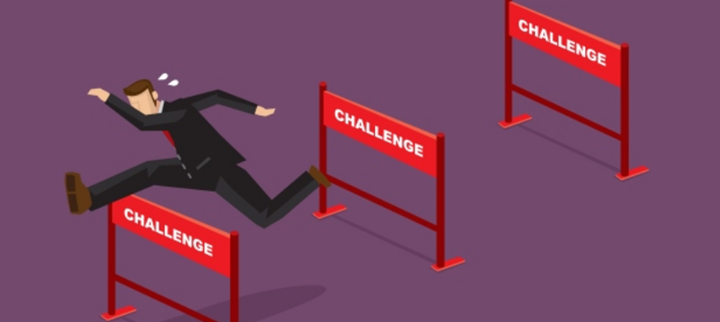Challenges 2024

Challenges 2024
As we step into the new year, the construction industry in New Zealand has a landscape of evolving health and safety. In 2024, I want to highlight what I see as the main challenges ahead.
First is Covid. Despite significant progress in vaccination, COVID-19 still seems to be hanging around. Anecdotally, I have about one person a week I know of goes down with covid, and this incident rate appears to be remaining reasonably constant. Although it is not in the news, and the stats are not glaring us in the face, I think we need to remain somewhat vigilant. No one wants to go back to lockdowns, facemasks and isolation, but we need to be aware that it is still out there and can have some nasty short- and long-term consequences.
Mental wellbeing remains at the forefront of health and safety, and the cost-of-living crisis has resulted in more stress and anxiety than ever before. Again, a casual observation of what a single bag of groceries costs compared to a year ago reminds me that we are all feeling the pinch. Workers are facing increased stress, anxiety, and burnout, which impacts their wellbeing and safety culture on site. Employers should continue to prioritise mental health support, including access to counselling services, flexible work arrangements, and promoting a healthy work-life balance.
The increasing use of technology and automation in the workplace brings new safety considerations. Technology and health and safety does not simply mean having an App on your phone to handle hazard notification and reporting of incidents. Technology now is about embracing new ways of visualising and communicating risks and hazards, and how this can lead to better work planning prior to actual construction. Workers need to be trained in the use of three- and four-dimensional computer models and have a tablet or screen as part of their daily tool kit.
Climate change poses various health and safety risks, such as extreme weather events and air pollution. Organisations should develop strategies to adapt to these changes, including emergency response plans and measures to improve air quality in indoor spaces. Air borne hazards, including silica and other substances, continue to have serious long term health consequences. The decision of Australia to ban the manufacture of stone benchtops will probably see similar legislation introduced here in New Zealand. In the meantime, everyone needs to be aware of what they are breathing in and how to eliminate the hazard.
The regulatory landscape in health and safety is constantly evolving. Organisations need to stay informed about changes in regulations and ensure compliance to avoid fines and penalties. Worksafe CEO Steve Haszard has remained somewhat silent about the future directions of the organisation, but I feel that a greater emphasis on compliance is in the future.
Developing a strong safety culture is once again key to addressing these challenges. Investing in people, promoting open communication, encouraging reporting of safety concerns, and celebrating safety achievements are all the necessary ingredients.
In conclusion, the health and safety landscape in 2024 is multifaceted, requiring organisations to be proactive and adaptable. Addressing these challenges head-on rather than burying them in paperwork is always a good start.